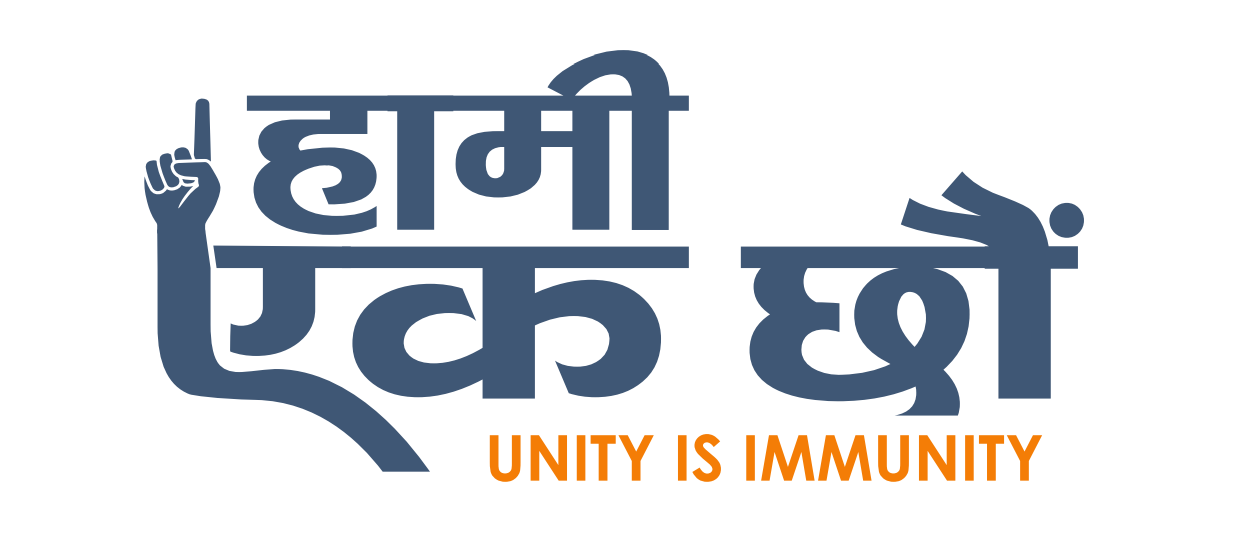On May 10, Prime Minister KP Sharma Oli claimed from the rostrum of the House of Representatives, “Out of 27,000 hospital beds in Nepal, 16,000 belongs to the government hospitals. And only 8,000 beds in government-run hospitals are occupied.”
On the same day, the Ministry of Health and Population, in its daily briefing, disclosed that 139 people had died of Covid-19 while 9,127 tested positive for the disease in the past 24 hours, contradicting the prime minister.
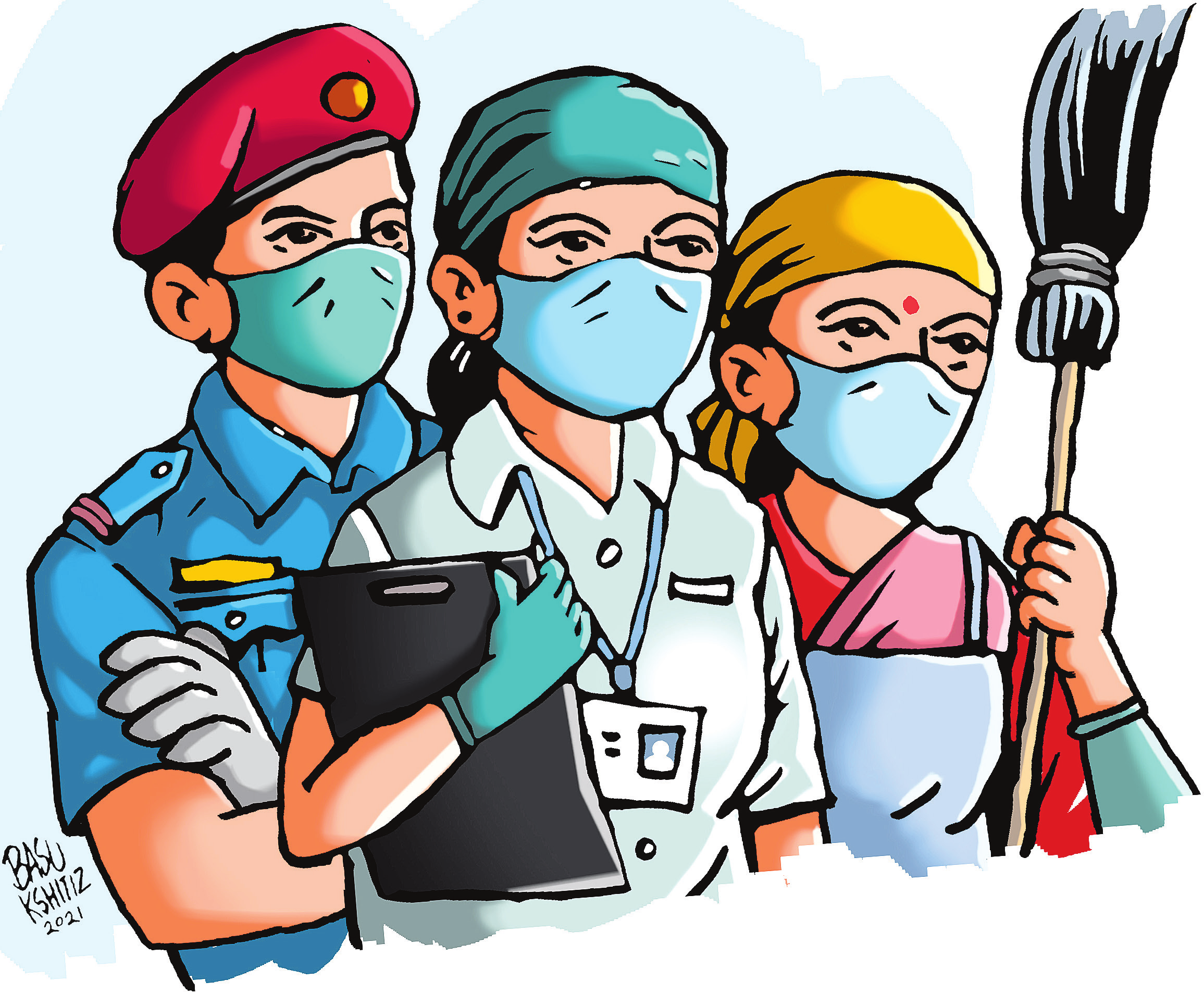
The Covid-19 contagion in Nepal is going from bad to worse. In this situation, many people have taken up commendable personal initiatives, largely in order to fill the vacuum left by the government’s inaction. ApEx talked to four such enterprising youths.
Anamika Nehuray
A resident of Bhaktapur, Nehuray is an MBA in finance who runs a startup that imports various merchandise and sells them local markets.
Nehuray, 25 says she loves people’s company. “I get inspired by those around me,” she says.
During the first lockdown in Kathmandu valley, Nehuray one day received a call, asking whether she would like to volunteer with Covid Connect Nepal. A couple of her friends had initiated the digital platform to connect healthcare seekers and providers. She jumped at the opportunity. “I like helping people,” she says.

During the first wave of Covid-19 in Nepal, everyone learnt of the limited government capacity to deal with the crisis. At that time, she had wanted to help people in distress, but because she didn’t have a team to work with, she couldn’t do much on her own.
Nehuray is now the co-lead of the data team at Covid Connect. Her team of almost 55 members prepares the list of hospitals (province-wise) and the services they provide. The dataset is updated every three hours.
“We often get requests for oxygen and other necessities from hospitals and stores,” Nehuray says, adding that the condition has worsened to an extent that those who were earlier offering help now need help themselves.
Nehuray says she feels proud to be a member of a hardworking and service-oriented team. But given the scale of the crisis, their effort is still not enough. She hence appeals to every Nepali citizen to come out and together fight this common enemy.
Dibyesh Giri
The 39-year-old owner of an IT company has a master’s degree from Pune University. These days, he is busy coordinating with a team of volunteers from Samartha Nepal—a non-profitable organization that conducts free medical checkup camps.
Giri completed high school in his hometown Janakpur and like others, grew up with the dream of becoming a doctor or an engineer.
Right after his graduation, the government and Maoist insurgents signed the Comprehensive Peace. Giri soon returned to Nepal, leaving his job with a multinational company in India.
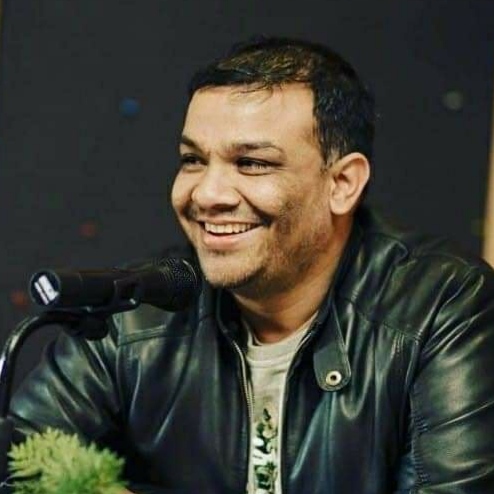
His team started Plasma Connect back in late 2020 to verify and compile information on convalescent plasma, which is used to tread gravely ill Covid-19 patients, in one place. “Being an IT enthusiast, I tried to match and connect donors and receivers via our website,” Giri says, adding that his initiation has helped more than 300 people so far.
Besides Plasma Connect, he is working on another platform, Nepal Covid Support, which manages every kind of Covid-19 logistics in one place, where “our dedicated volunteers collect and verify data before providing it to the public.”
“In this period of crisis, Covid-19 related resources should be well verified, updated, and filtered—and fast—to save precious time,” Giri says. “Every second counts.”
Sudikshya Ghimire
“Wherever I do, I need to do it to the best of my ability,” says a 21-year-old BA second year student Sudikshya Ghimire who hails from Tansen, Palpa.
She has recently been working as a frontline worker in Covid Connect Nepal. Every help request or offer passes through her as the team has designated her private number as a hotline. Patients or relatives directly connect with her and she verifies, locates, and filters the first layer of the database. “Their pain and problems are my own,” Ghimire says.
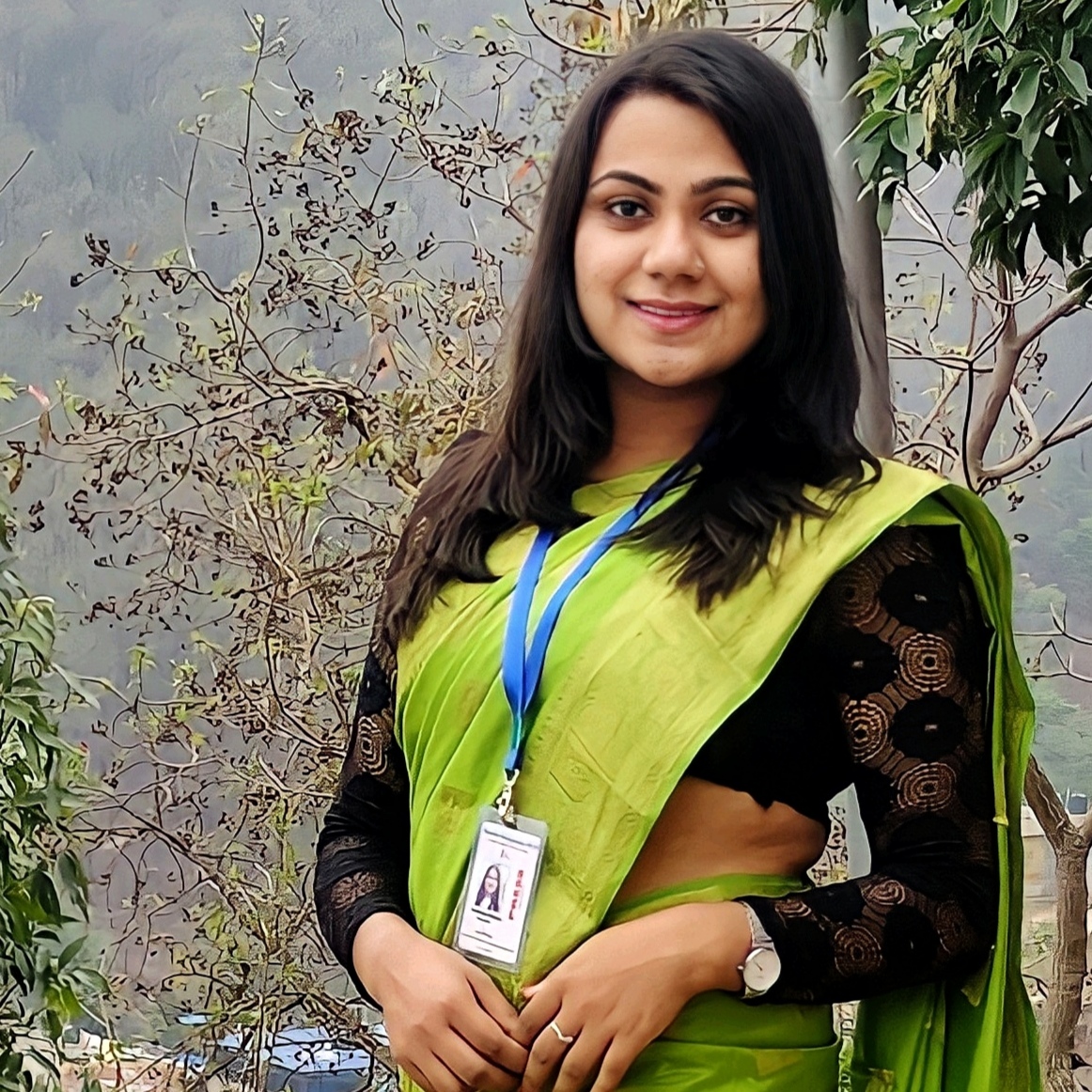
At this point, all her callers sound helpless and neither she nor her team can help them enough, however hard they work. There have been challenges: “Some patients have died while their relatives were asking me over the phone to arrange medical logistics.”
Ghimire expresses frustration at the government’s clumsiness. “They are not doing a thing and because of that, people are dying for want of basic health assistance.”
Saurav Thapa Shrestha
After working at a youth empowerment organization, Saurav Thapa Shrestha, 24, had learned how to effectively work in a team. The graphic designer now looks after the social media and design part of Plasma Connect.
Shrestha had been following clinical trials and research on plasma therapy abroad. After finding that plasma therapy was also being used in Nepal to treat Covid patients, he joined forces with his friends to form an alliance to connect people in need of convalescent plasma with those willing to donate it. These days, he is busy collecting verified contact details of ambulances so that people do not have to waste valuable time looking for them.
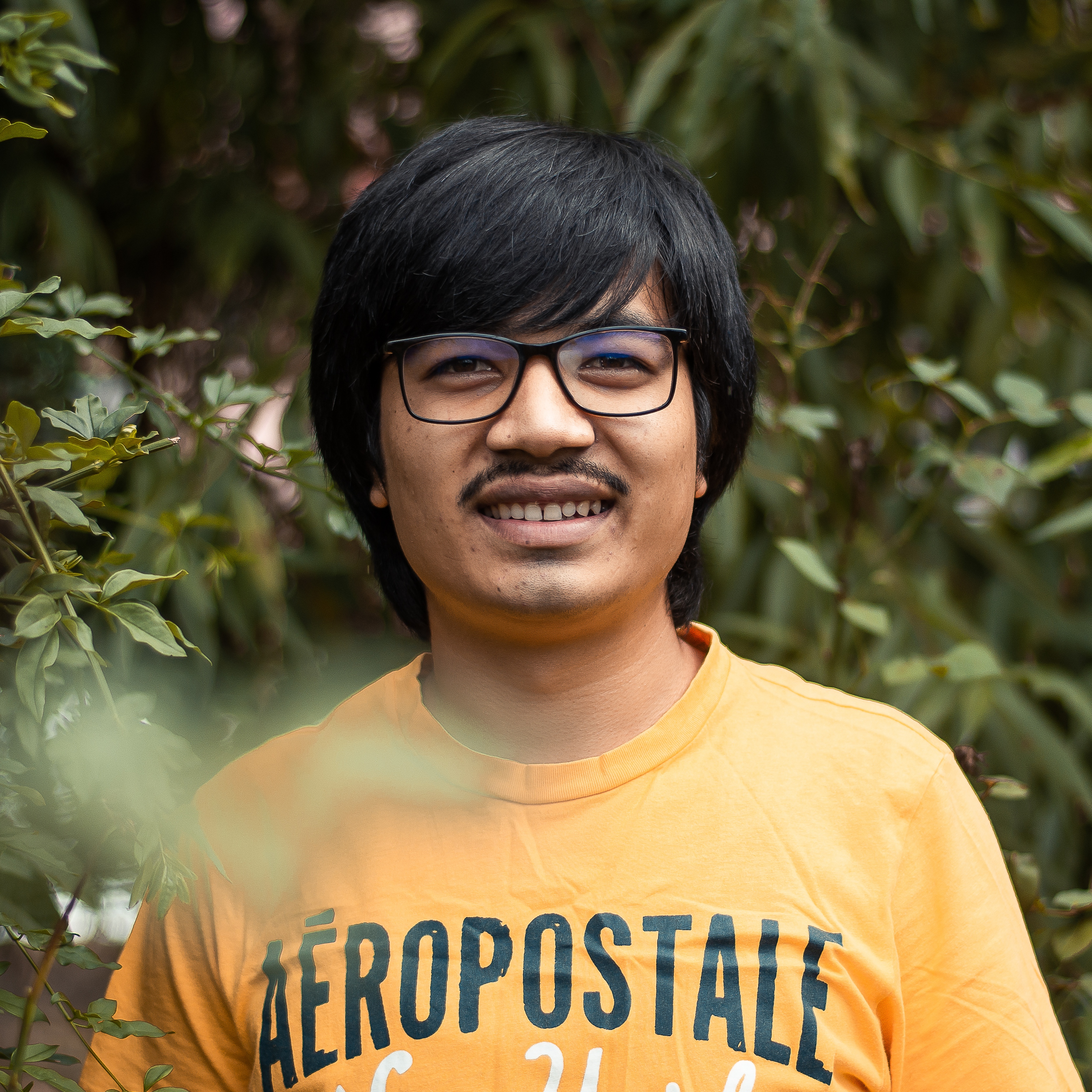
Shrestha says he was interested in volunteering since his childhood. “In class 10, I had proposed and initiated a social club in my school,” Shrestha explains. The club collected funds to support needy students in his school.


